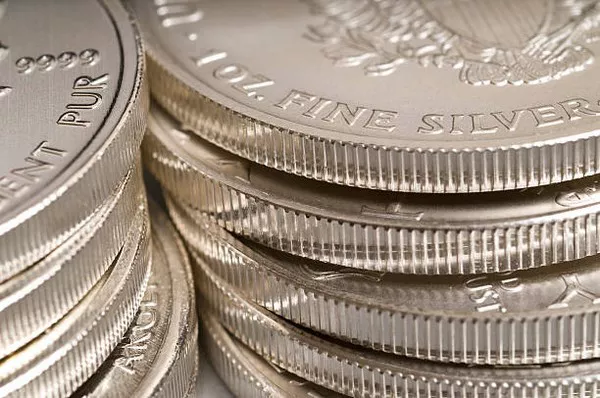In recent months, precious metals have gained attention, particularly with gold reaching new highs above $2,100 per ounce. Despite gold’s sustained high prices, the precious metals market has shown no clear trend over the last three years. While palladium’s euphoria has waned, platinum’s hopes have not materialized, and silver, in particular, has not surged to historic highs alongside gold.
Silver’s Price Evaluation
Currently, silver is trading at around $22 per ounce, prompting investors to question why it is only halfway to its historical highs while gold consistently registers above $2,000. To understand silver’s potential, it’s crucial to examine its historical price ratios and the market fundamentals.
Historically, the silver-to-gold ratio is slightly above 50, and in the last decade, it has hovered around 80. With the price of gold at $2,000, maintaining the recent average ratio suggests silver should cost around $25. However, historical averages point to a value of approximately $37, still lower than historical highs but around 60% higher than the current price.
Supply and Demand Dynamics
The silver market has experienced a significant shift since 2021, moving from oversupply to a sizable deficit. Increased investment demand, particularly for physical silver, and growing industrial demand, primarily from photovoltaics, have contributed to this change. The supply side has remained relatively constant, with mining and recovery from scrap yielding just over 1 million ounces.
Despite a widening deficit since 2021, the silver price has remained stagnant for over three years. This apparent anomaly can be attributed to a significant increase in discovered silver reserves in the ground, as per the latest United States Geological Survey (USGS) report. Global reserves are expected to increase from 550,000 to 720,000 tonnes in 2023, providing enough silver for approximately 27 years at current mining levels.
Financial Market Sentiment
In 2020, central bank interventions led to increased investment in various markets, including a surge in silver ETFs. However, since 2020, funds have been reducing their silver holdings. Notably, JP Morgan, previously speculated to be accumulating silver, has significantly decreased its silver holdings. Additionally, market funds seem to be diverting towards other assets, such as cryptocurrencies, with steady inflows into Bitcoin ETFs.
Outlook for Silver
Silver’s current price remains above key support near $22 per ounce, supported by the 50 and 200-week moving averages. With gold maintaining a price above $2,000, the silver price should at least be around $25, considering the recent average ratio. The upcoming interest rate cuts in the US could further support precious metals as lower interest rates make bonds less attractive.
While silver may seem undervalued compared to historical ratios and its potential role as a safe haven, market dynamics and investor sentiment pose challenges. The long-term attractiveness of silver as an investment may depend on its ability to diversify portfolios and serve as a hedge against economic uncertainties. Various investment opportunities in silver, including physical assets, futures contracts, and ETFs, exist for investors looking to include it in their portfolios.


